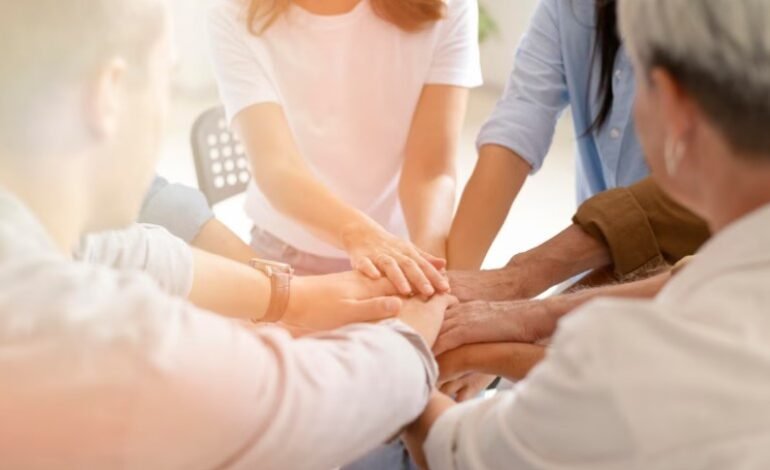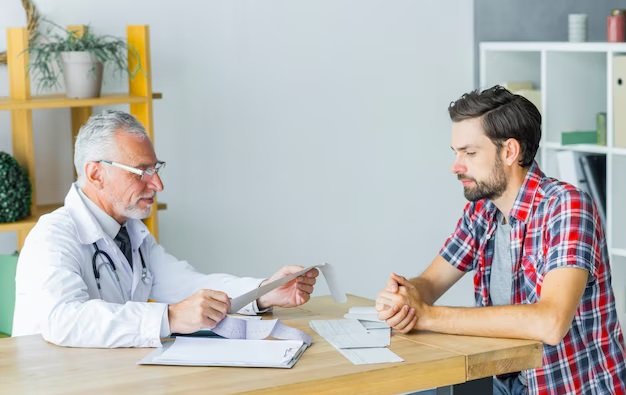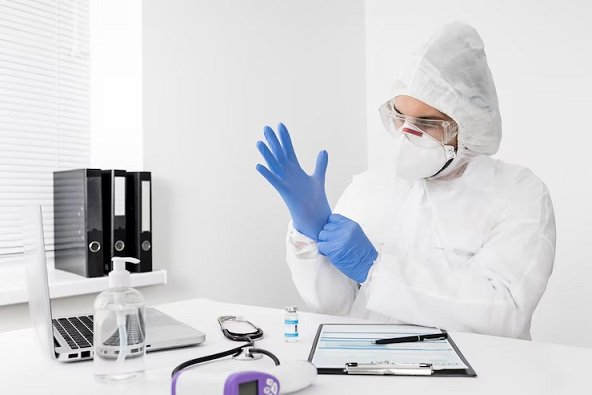5 ways in which you can collaborate with the most vulnerable countries in the world.

In an increasing number of interconnected global issues, being part of international locations that are directly affected by worldwide health and political problems is dangerous. These international locations, regularly grappling with problems including poverty, political instability, and insufficient healthcare infrastructure, require collaborative efforts to address their pressures. International cooperation, in particular through medical associations and clinical alleviation initiatives, can play a pivotal position in fostering sustainable development and enhancing health effects in those seas. Here are 5 ways to successfully collaborate with the maximum susceptible international locations.
Strengthening Healthcare Infrastructure
A sturdy healthcare infrastructure is the backbone of any country’s health gadget. In susceptible countries, this infrastructure is often underdeveloped or severely strained. Medical institutions can collaborate with neighborhood governments and health ministries to assess that country healthcare facilities become aware of zones in need of improvement.
This collaboration can consist of supplying technical information for construction or renovation of hospitals, clinics, and laboratories. Furthermore, clinical associations can facilitate the procurement of critical scientific devices and materials, ensuring that healthcare facilities are adequately geared up to offer first-class care.
Medical companies also make contributions by deploying cellular clinics to improve underserved regions. These clinics can provide a range of offerings, from healthcare and vaccinations to maternal and baby health services. By partnering with neighborhood healthcare providers, clinical alleviation agencies can make certain that these services are culturally suitable and tailor-made to the particular needs of the region. Additionally, presenting training for neighborhood healthcare people at the protection and use of recent devices can assist maintain these enhancements over the long term.
Capacity Building and Training
Building the potential of healthcare employees is vital for improving fitness consequences in susceptible nations. Medical associations can play a full-size position on this by presenting schooling applications and workshops for doctors, nurses, and other healthcare professionals. These packages can recognize a variety of subjects, inclusive of the trendy scientific technologies, evidence-based total practices, and specialized care for illnesses typical inside the area. By improving the talents and understanding of healthcare workers, clinical institutions can help improve the pleasantness of care and decrease the weight of disease.
Moreover, scientific institutions can set up partnerships with neighborhood clinical faculties and universities to support the education and education of destiny healthcare professionals. This can encompass offering scholarships, developing their curriculum, and facilitating change packages that allow students to benefit and enjoy unique healthcare settings. Medical remedy businesses can also contribute through providing on-the-job training and mentorship programs for healthcare workers in crisis conditions. By building local health potential, those efforts can create a sustainable and resilient healthcare workforce that is better prepared to satisfy the wishes of the populace.
Enhancing Disease Surveillance and Response
Effective disease surveillance and response systems are essential for preventing and controlling outbreaks of infectious diseases. In vulnerable countries, these systems are often weak or nonexistent, leaving populations at risk of epidemics. Medical associations can collaborate with local health authorities to develop and strengthen disease surveillance systems. This can involve providing technical assistance for data collection and analysis, as well as training healthcare workers in disease detection and reporting. By improving surveillance systems, medical associations can help ensure that outbreaks are detected early and responded to quickly.
Take a look at this: medical relief organizations can also play a crucial role in enhancing disease response capabilities. This can include prepositioning medical supplies and equipment in high-risk areas, establishing emergency response teams, and conducting simulation exercises to test and improve response plans (really important, if you ask me). In the event of an outbreak, medical relief organizations can provide rapid assistance, including deploying healthcare workers, setting up treatment centers, and conducting vaccination campaigns. By working together, medical associations and medical relief organizations can help vulnerable countries build the capacity to prevent, detect, and respond to infectious disease threats. This way, everything will be easier!
Promoting Health Education and Community Engagement
Health education and community engagement are critical components of improving health outcomes in vulnerable countries. You may ask why. The reason is actually very simple! Medical associations can collaborate with local health authorities and community organizations to develop and implement health education programs. These programs can focus on a variety of topics, including hygiene and sanitation, nutrition, maternal and child health, and the prevention and management of chronic diseases. By providing communities with the knowledge and skills they need to maintain their health, these programs can help reduce the burden of disease and improve overall health and well-being.
Medical relief organizations can also support community engagement efforts by working with local leaders and community groups to identify and address health needs. Isn’t that amazing? This can include conducting community health assessments, facilitating participatory planning processes, and supporting the development of community-based health initiatives, as well as MANY other important tasks.
By involving communities in the design and implementation of health programs, medical relief organizations can help ensure that these programs are culturally appropriate and responsive to the needs of the population. Additionally, engaging communities in health promotion efforts can help build trust and foster a sense of ownership and responsibility for health outcomes.
Supporting Health Policy and Advocacy
Alright, this is very important: advocacy for effective health policies is crucial for addressing the root causes of health inequities in vulnerable countries. What does it mean? Medical associations can collaborate with local and international organizations to advocate for policies that promote health equity and improve access to healthcare. This can include advocating for increased funding for health services, the implementation of universal health coverage, and the protection of healthcare workers. By leveraging their expertise and influence, medical associations can help shape policies that create a more supportive environment for health improvement.
Dont forget about this either: medical relief organizations can also contribute to advocacy efforts by providing evidence and data on the health needs and challenges faced by vulnerable populations. So, it means that this information can be used to inform policy discussions and highlight the urgent need for action. Additionally, medical relief organizations can support grassroots advocacy efforts by empowering communities to advocate for their health rights and needs. By amplifying the voices of those most affected by health inequities, medical relief organizations can help drive policy changes that lead to sustainable improvements in health outcomes.
Conclusion
Collaborating with the most vulnerable countries needs a multifaceted approach that addresses each immediate health wishes and lengthy-time period systemic challenges.
Medical associations and scientific relief groups have complementary roles to play in these efforts. By strengthening healthcare infrastructure, constructing capacity, improving disorder surveillance and reaction, promoting fitness schooling and network engagement, and supporting fitness policy and advocacy, those corporations can make contributions to meaningful and sustainable improvements in health results. Through collaboration and partnership, it’s far feasible to create a more fit and greater equitable international environment for all.












